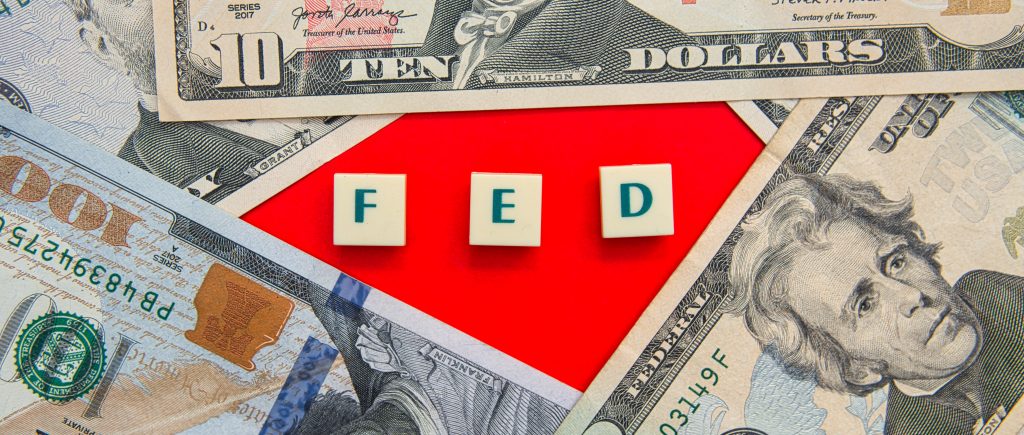The U.S. dollar weakened on Friday as uncertainty over the size of the Federal Reserve’s upcoming interest rate cut kept investors on edge. The yen reached its highest level this year amid widespread anticipation of a significant rate cut from the Fed at its meeting next week.
With the Federal Reserve expected to lower rates, traders are split on whether the reduction will be 25 or 50 basis points (bps). Media reports from the Financial Times and Wall Street Journal highlighted the close nature of the Fed’s decision, contributing to heightened market uncertainty and a softening dollar.
Rising Expectations for a Larger Rate Cut
Recent U.S. jobless claims data, along with reports on the Fed’s deliberations, have led to increased bets on a 50 bps cut. According to the CME FedWatch tool, there is now a 45% chance of a 50 bps rate cut, a steady rise over the last few days. Traders are also pricing in a total of 116 bps in cuts across the Fed’s three remaining meetings this year.
Former New York Federal Reserve President Bill Dudley suggested that there is a strong case for a 50 bps reduction, noting that current rates are significantly above the neutral level for the U.S. economy, where policy neither stimulates nor restricts growth.
Other Central Banks in Focus
The European Central Bank (ECB) lowered rates on Thursday, though ECB President Christine Lagarde dampened expectations for another cut next month, boosting the euro. As a result, the euro held onto its gains, trading 0.11% higher at $1.10863, while the U.S. dollar index dropped to 101.05, its lowest level in a week.
Other key central banks, including the Bank of England and Bank of Japan, are also set to hold policy meetings next week, with markets watching closely for signals about future monetary easing.
Treasury Yields Drop Amid Mixed U.S. Data
The week’s mixed U.S. economic reports have muddied expectations. While a report on Thursday indicated low layoffs, suggesting a resilient labor market, other data showed producer prices rising more than expected in August, driven by higher service costs.
In response to the shifting rate expectations, U.S. Treasury yields fell in Asian trading, with the benchmark 10-year Treasury yield declining by 3.6 basis points to 3.644%.
The Federal Reserve’s decision next week will likely set the tone for the broader market, as investors await further clarity on the trajectory of U.S. monetary policy.
 Noor Trends News, Technical Analysis, Educational Tools and Recommendations
Noor Trends News, Technical Analysis, Educational Tools and Recommendations





